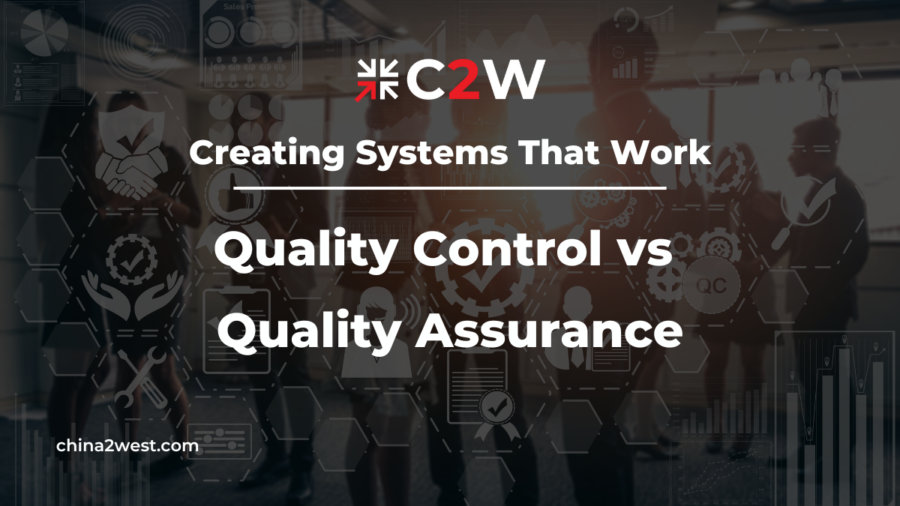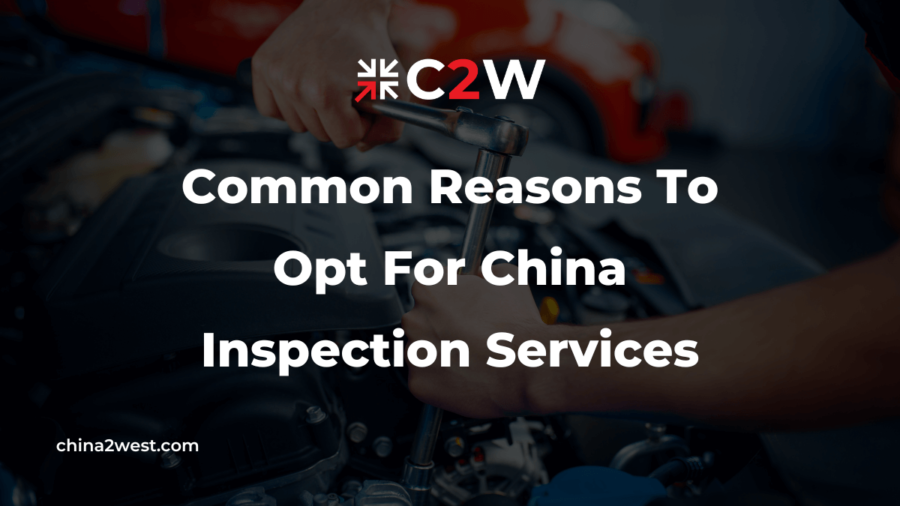Few attributes of successful businesses are more important than customer satisfaction. No matter how long you’ve been in the industry or what you offer, you will reach your goals if people don’t have a good experience working with your brand. This involves much more than providing stellar customer service, though.
It extends to the manufacturing process. It’s imperative to implement quality control and quality assurance policies to avoid issues and assure quality.
However, not everybody understands the difference between quality control vs quality assurance. We’ve put together a brief guide with the key information you need to know. Let’s explore what to consider.
What Is Quality Control?
This methodology aims to ensure the quality of a finished product. It involves testing, evaluations, and inspections. This can occur during or after production.
If quality control discovers defects, you should take action as soon as possible. In context, quality control could involve assessing a batch of products before they’re shipped.
The products are compared to a set of established standards. It’s essential to resolve all quality issues before shipment occurs. Otherwise, you risk damaging your brand’s reputation and decreasing its revenue.
What Is Quality Assurance?
This is a structured set of activities designed to maintain quality. More specifically, it’s a set of standards and guidelines that govern each step of the process. A QA process could involve setting strict standards for electronic component production, for example.
It could also establish stringent inspection procedures. Quality assurance should continually strive for improvement.
As time passes, your methods will become faster and more effective. You should also minimize the chance of errors occurring.
Deciding Between Quality Control vs Quality Assurance
In most cases, it’s imperative to implement both. Quality assurance will help you optimize your production strategy.
Quality control will prevent problems from slipping through the cracks. They work together to create the best possible product. By extension, this also creates a positive customer experience.
Best Practices
There are certain best practices you should keep in mind when looking to optimize quality. The sooner you implement these, the better chance you have of minimizing negative customer experiences. Listed below are some of the most notable.
Use Automation When Possible
Automation can minimize and even eliminate the chance of human error. A single oversight can be catastrophic and lead to major consequences.
However, you shouldn’t haphazardly use automation. It’s best to have a strong understanding of what you’re automating and whether it’s suitable for your methodology. For instance, you might mistakenly automate something that requires a large amount of human input.
Although this could increase your efficiency, it could cause issues later on. If you don’t know where to start, research your competitors to see what type of automation they use.
Document Everything
You should have comprehensive documentation on testing results, assessments, and improvements. This information will help you fine-tune your processes.
It will also offer insight into your progress. Make sure you backup your documents in multiple locations.
Using a physical drive and a cloud server is a great way to ensure these archives stay accessible. Your teams should also have access to this documentation. There’s a good chance they’ll need to reference certain data in the future.
Stay Agile
Countless circumstances could elicit the need for new methodologies. For instance, new legislation might change what’s required in your industry regarding product standards. If your company isn’t agile, you’ll experience downtime while trying to adapt.
A great way to maintain agility is by educating yourself on industry trends. Having foresight of what’s coming will help you take a proactive approach.
Communicate with Your Team
If you notice quality issues, speaking with your team about them is imperative. Help them understand where things are going wrong and how to make the necessary improvements. Keep in mind that you should avoid using fear as a motivator.
Saying something like “if things don’t improve, you’re fired” is counterproductive. This doesn’t mean, though, that you can’t outline potential punishments. As long as everyone’s on the same page, you should be able to move forward without issues.
Find the Right Manufacturer
Working with a reputable manufacturer is the best way to implement the right quality control and quality assurance policies. They have the tools and resources required to help you get started on the right track.
However, not all manufacturers are created equal. It’s essential to check their past reputation and see what previous clients have to say. Look for online reviews that mention professionalism, timeliness, and overall results.
It’s essential to keep an eye out for fake reviews, as well. These can be positive or negative, and you should disregard them when making your assessment. What is their pricing structure like?
Having insight into what you pay will prevent financial surprises from arising. It’s best to avoid the cheapest options you encounter. These will likely cut corners and fall short of your goals.
However, you don’t need to spend as much money as possible. There’s a point of diminishing returns regarding how much you pay. Somewhere in the middle of the price range can help you meet your needs without stretching your budget.
Do they have a solid customer support policy you can leverage? The last thing you want is to deal with issues on your own.
In many cases, these can be impossible to overcome. As long as you stay vigilant during your search, you’ll find the right manufacturer for your project.
Get Started ASAP
If you don’t already have a solid policy in place, it’s imperative to take action as soon as possible. The information in this guide will help you determine if quality control vs quality assurance is best for your needs. From here, you can avoid issues you may have otherwise encountered.
China 2 West offers low-cost supply chain solutions to our clients. We’ve helped thousands of Western companies move their production to China and take advantage of improved efficiency, pricing, and quality. You’ll learn more about our services when you schedule a call with us today.




